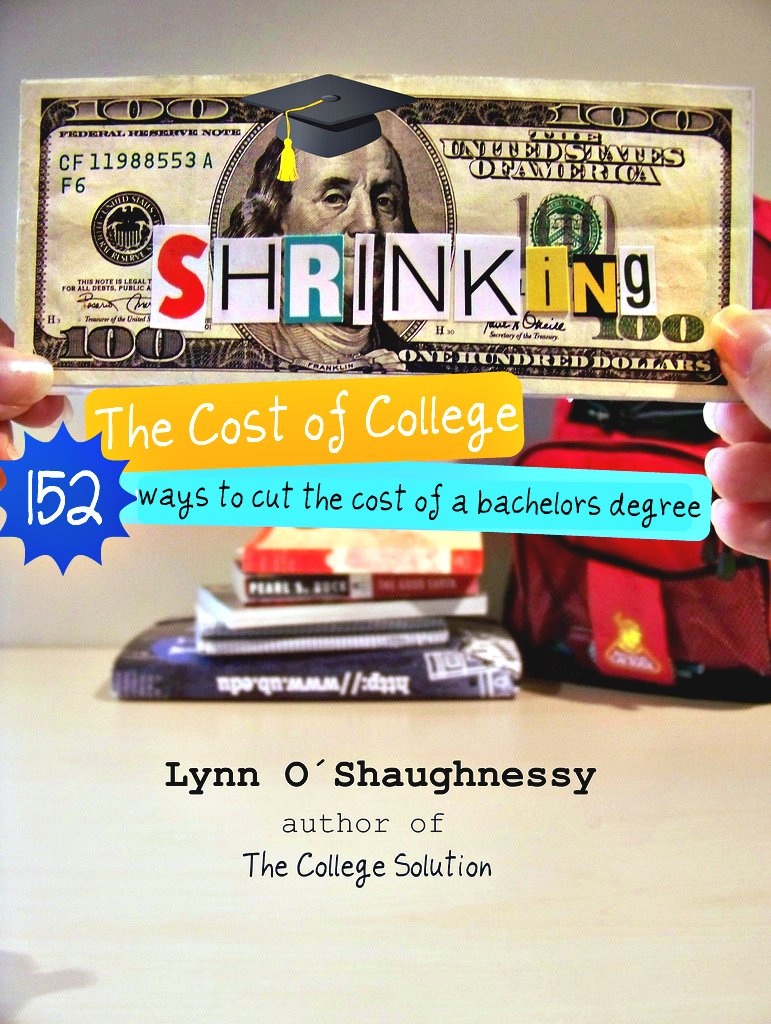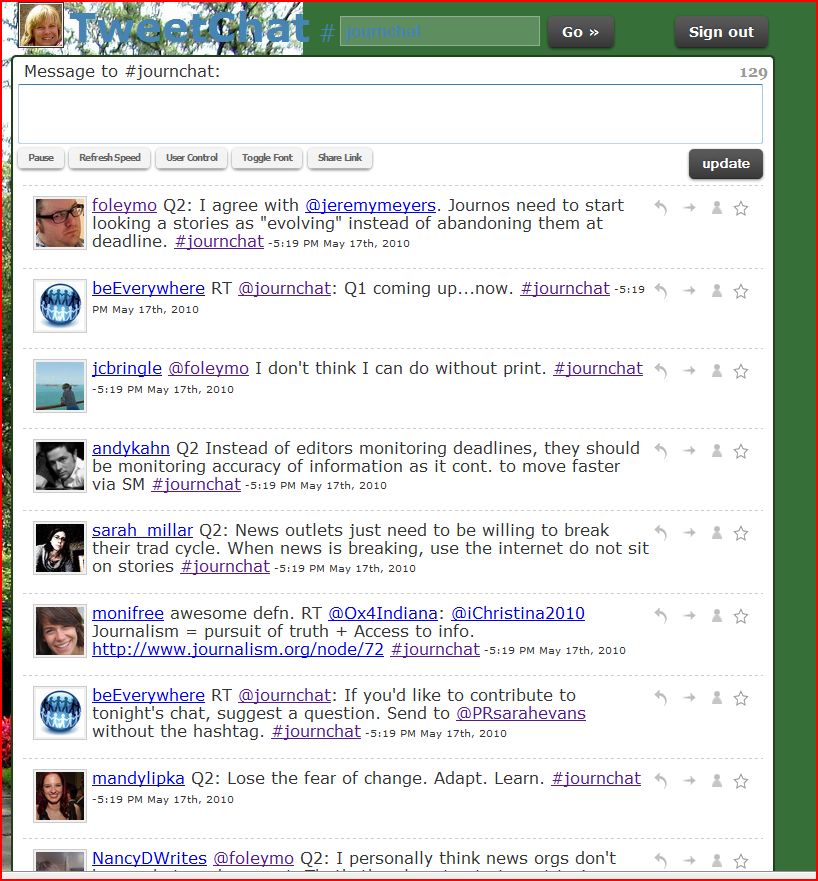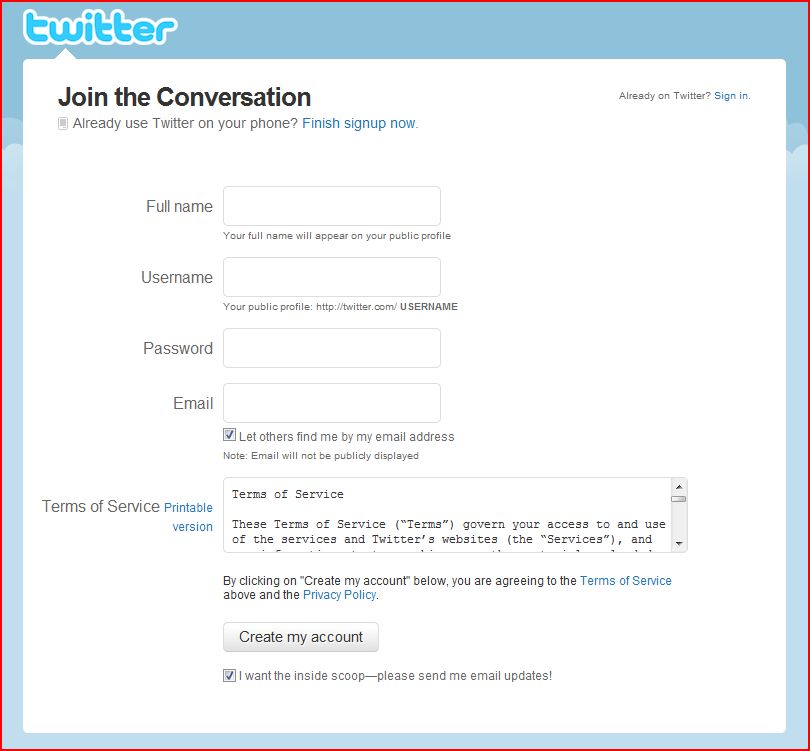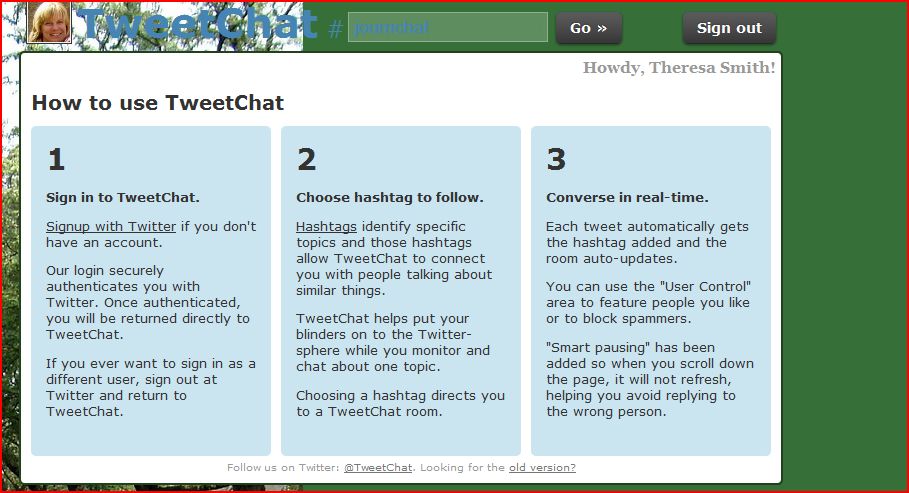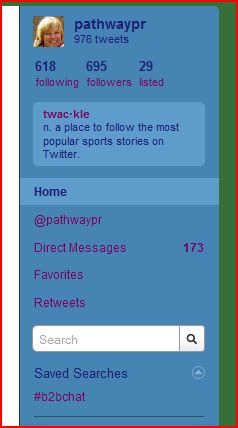Although the cost of paying for college is eclipsing many families’ budgets, by doing their own research families can dramatically reduce the cost of college according to Lynn O’Shaughnessy, higher education journalist and author of the new ebook Shrinking the Cost of College: 152 Ways to Cut the Price of a Bachelor’s Degree. During the first session of #CollegeChat on Twitter, Lynn shared 10 tips from her new book that can potentially save college students and their families thousands of dollars.
“What’s become apparent to me is that families devote a lot more time to stressing about college than actually evaluating their options,” said Lynn O’Shaughnessy. “I’ve run into plenty of parents who seem to know where their children will attend school before they ever visit a single campus. I have no idea how much time the typical family spends researching colleges, but I do believe that it’s not enough. I believe that these tips from my new book can help steer families into helping their children make great choices for college that will also spare their budgets.”
Lynn recommends the following ten tips to shrink the cost of college:
- Cast a wide net. According to Lynn, some of the best deals for college may be time zones away. 35% of students attend school 50 miles or less from home but in-state schools aren’t always the cheapest. Sometime private schools are better deals than public schools. Lynn recommends families and students look at Forbes magazine best college rankings for ideas for potential colleges http://bit.ly/9SrzuF and also recommends reviewing http://www.zinch.com/ and http://www.cappex.com for college ideas that can be outside the box.
- Check out colleges’ graduation rates. Fewer than 60% of college students graduate in six years which can dramatically impact a family’s bottom line. An excellent resource to start researching 4, 5, and 6 year graduation rates is http://collegeresults.org/ . Lynn also recommends reviewing the list of schools from US News that have highest 4-yr grad rates http://bit.ly/6iazP. Graduation rates among similar type of schools can be all over the board so always compare candidates before selecting your final school.
- College sticker prices are meaningless. Do not discount pricey private universities because they usually have the best financial aid packages. Most state and private colleges discount prices. Private schools average tuition discount is 53.5%. State schools average tuition discount is 15%. 2/3rds of students at public and private schools receive grants (free money) from their colleges. Unfortunately, 59% of students say they only look at price tags when shopping for colleges http://bit.ly/98Kc84.
- Consider schools with the best financial aid packages. A good place to start is the list of 51 schools that Lynn compiled based on a study that researchers from the University of Pennsylvania and Amherst College presented at the latest College Board Forum: http://bit.ly/6JWpfs . In addition, check a school’s Common Data Set to measure its generosity here: http://bit.ly/3gTYMN .
- Understand what falls under the umbrella of financial aid and what the differences are. Grants, loans and work study make up a typical financial aid package. Use the College Board EFC Calculator to determine how much a college will expect a family to contribute at a minimum: http://bit.ly/fFtpP . Also, check a school’s financial aid profile on http://CollegeBoard.com to see what percentage of financial need a school typically awards.
- Apply for financial aid regardless of your income. Most people assume they won’t qualify for financial aid, but most families do. Families that make $200,000 or more may still qualify for significant need-based aid at pricey colleges. Some very affluent families – making $150,000-$200,000– can qualify for need-based aid at $50,000 plus schools. Affluent families would not qualify for need-based aid at state universities.
- Look for merit scholarships. 82% of students at private colleges receive merit scholarships. Check out http://www.meritaid.com for scholarships from the schools themselves. To capture the best discounts, look for schools with a good academic fit. Try to look for schools where the prospective students would be in the top 25%-33% of applicants in grades and test scores. Private scholarships are the smallest source of college cash, but the myth persists that this is how to pay for college.
- Teens can win academic scholarships despite mediocre SAT/ACT scores. More than 830 colleges and universities are SAT/ACT optional. You can find the list of schools at http://fairtest.org/ . There is no need to submit scores to test-optional schools and typically this won’t hurt scholarship chances. At plenty of schools, B students receive scholarships and at some schools everybody gets break in the price. For these schools, grades and strength of high school classes are more important than test scores when schools are awarding money.
- Beware of reach schools. A reach school is one where the student has little chance to get in. It is the opposite of a safety school. The danger of reach schools is that they give little or no financial aid or scholarships to students who barely get in. They often reserve best cash for top 1/3 to ¼ of new freshman class. Students will fare better with financial aid if they select schools that are solid academic matches. Students should check student profiles in college guides like Fiske, Princeton Review, CollegeBoard.com and College Navigator. Schools will often “gap” kids who barely get in with poor aid packages.
- Limit borrowing to federal student loans. Students should not borrow more than the $27,000 that is eligible to them through Stafford federal loans. These loans have built-in repayment protections: http://bit.ly/a0Vv6d . In addition, students should go through their college for the loans. Private loans should be an absolute last resort. Here are tips on borrowing: http://bit.ly/aD8D87. Borrowing federal loans is also safer now because of the new federal income-repayment program. A great resource for student loan information is http://projectonstudentdebt.org/ . The maximum federal Stafford loan for freshman is $4,500; for sophomores it is $6,500; and for juniors and seniors it is $7,500 each year.
Lynn is also the author of The College Solution, an Amazon bestseller. She regularly writes about college for CBSMoneyWatch, for US News, and at her own higher-ed blog – TheCollegeSolutionBlog. She has shared her college advice in such media outlets as Business Week, Los Angeles Times, CNN, Associated Press, The New York Times and Money Magazine. The higher-ed journalist gives presentation about college strategies at schools, financial firms and corporations. Lynn also provides private consulting services for families who desire help in navigating the college process.
About #CollegeChat
#CollegeChat is a live monthly conversation intended for teens, college students, parents, and higher education experts on Twitter. Questions for each #CollegeChat edition should be sent to Theresa Smith, the moderator of #CollegeChat either via http://Twitter.com/collegechat or by entering questions online at the CollegeChat Facebook page at http://ht.ly/1XIqV. CollegeChat can also be found on Twitter at http://Twitter.com/collegechat.
About Pathway Communications
Pathway Communications is a Los Angeles based public relations and social media consultancy that has helped put both emerging small and medium sized companies targeting a number of industries — including higher education, financial services, bio-technology, manufacturing, technology and e-commerce –on the map and at the forefront of the conversation. Pathway Communications’ clients have stretched from the Silicon Valley to the East Coast. More information can be found at http:// pathwaypr.com, by phone at 818-704-8481, or by email. Pathway is on Twitter at http://twitter.com/pathwaypr.
# # #
Editors Note: All trade or brand names mentioned herein are the property of their respective owners.

 Los Angeles, CA, May 19, 2010— Bestselling author and higher-education journalist
Los Angeles, CA, May 19, 2010— Bestselling author and higher-education journalist 